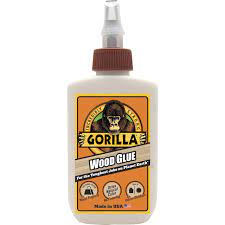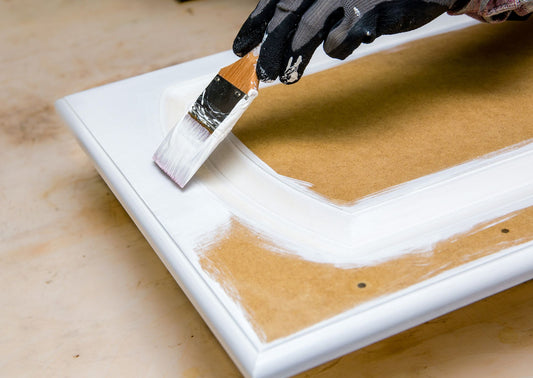
10 types of Glue for Your DIY Project
Share
Glue can be used as a strong bonding agent which helps us to join two or more objects together and repair any broken object.
When it comes to DIY projects, there are several types of glue available for various purposes. Here are ten common types of glue that you can use for your projects:
- Wood Glue: Designed specifically for woodworking projects, wood glue creates a strong bond between wooden surfaces.

- Super Glue: Super glue is a fast-drying, strong adhesive that works well on various materials like plastic, metal, and ceramics.

- Epoxy: Epoxy glue consists of two components that need to be mixed together before application. It forms a strong and durable bond on a wide range of materials.

- Craft Glue: This type of glue is ideal for paper, fabric, and other lightweight crafting materials. It dries clear and is often used for scrapbooking and other craft projects.

- Fabric Glue: Designed specifically for fabrics, this adhesive is perfect for repairing garments, hemming fabrics, or attaching fabric embellishments.

- Hot Glue: Hot glue is applied using a glue gun. It melts a solid adhesive stick, which quickly solidifies upon cooling. It is versatile and works well on a variety of surfaces.

- Silicone Adhesive: Silicone glue is heat-resistant and waterproof, making it suitable for sealing and bonding glass, ceramics, and metals.
![]()
- Construction Adhesive: This heavy-duty adhesive is used for bonding materials like wood, metal, concrete, and plastics. It provides a strong and durable bond.

- Spray Adhesive: Spray adhesives come in aerosol cans in the form of spray and are ideal for bonding lightweight materials like paper, fabric, and foam. They provide a quick and even application.

- PVC Glue: PVC glue, or pipe cement, is a type of glue used for joining PVC pipes and fittings. It creates a strong bond and is commonly used in plumbing projects.

The manufacturer's instructions should be followed and we should consider the specific requirements of our DIY project when choosing the appropriate glue.
Article Credits: Prateek Srivastava, Chandigarh University.



